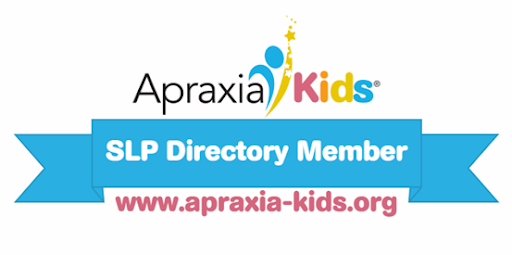Augmentative and Assistive
Communication(AAC)
How do you know AAC is appropriate?
When determining if an individual is in need of Augmentative and Alternative Communication I
being with asking caregivers 4 essential questions:
1. Does the person have a functional communication system currently in place? That is,
can the person make his/her wants/needs known to others?
2. Do others understand the messages he/she tries to communicate consistently; including
those he/she interacts with infrequently?
3. Are the language structures the person currently uses as complex and sophisticated as
they need to be? In other words, are the messages this person conveys sufficient to
cover all of the specifics that may be important for him/her?
4. Under what conditions does this person communicate? Spontaneous, responsive or
imitative? Any functional communication system would include the skills of
spontaneous communication and communication in response to a variety of questions.
It the response to any of these questions is “NO” the individual is likely a good candidate for
AAC.
What types of AAC are there?
AAC can range from no-tech, to low-tech, to high-tech. No-tech systems include exchanging
pictures, using signs, visual gaze, and gestures. These forms of communication can be an
effective way to teach foundational communication skills including initiation and engagement.
Low-tech options included single switch buttons with voice output. Low-tech devices can range
from 2 to approximately 20 prerecorded choices. High-tech AAC is more dynamic and includes
computerized speech synthesis. After accessing a button, additional choices will be provided to
facilitate novel language formulation.
Will the use of AAC impede natural speech development?
This is a very common concern and misconception. Research actually indicates the opposite.
Children who are given AAC often develop speech faster than they would have otherwise.
Children who use AAC also frequently show improvements in behavior, attention,
independence, self confidence, and social interaction skills. It should be initiated
simultaneously with natural speech therapy, rather than after speech therapy has been
exhausted, since it is impossible to predict verbal language development. This will provide the
child a way to communicate and continue to develop foundational language skill as speech
develops.
Augmentative and Assistive Communication(AAC)
Is AAC appropriate? Caregiver questions:
1. Does the person have a functional communication system currently in place?
2. Do others understand the messages he/she tries to communicate consistently?
3. Are the language structures the person currently uses as complex and sophisticated as
they need to be?
4. Under what conditions does this person communicate?
It the response to any of these questions is “NO” the individual is likely a good candidate for
AAC.
What types of AAC are there?
1. no-tech: exchanging pictures, using signs, visual gaze, and gestures
2. low-tech: switch buttons with voice output
3. high-tech: dynamic and includes computerized speech synthesis.
Will the use of AAC impede natural speech development?
1. Common concern and misconception.
a. Research shows children who are given AAC develop speech faster than they
would have otherwise.
b. Children who use AAC also show improvements
i. behavior, attention, independence, self confidence, and social
interaction skills
2. When to initiate AAC
a. Simultaneously with natural speech therapy, rather than after speech therapy
has been exhausted
b. It is impossible to predict verbal language development
c. Provides the child a way to communicate and continue to develop foundational
language skill as speech develops
Get a Free Online Assessment
Looking for an expert opinion on your child's needs? Fill out a 3 minute questionnaire and receive a personal evaluation from our staff
By submitting this form, you are consenting to receive marketing emails from: . You can revoke your consent to receive emails at any time by using the SafeUnsubscribe® link, found at the bottom of every email. Emails are serviced by Constant Contact


